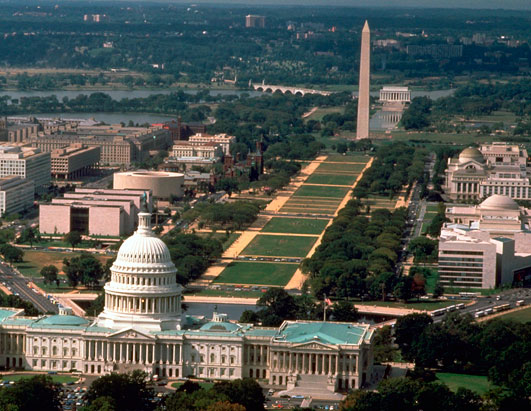Tombstone: The Great Chinese Famine, 1958-1962 , the English translation of an authoritative history of the “Great Leap Forward” famine by Jisheng Yang, is now out. An estimated 36 million died in what was probably the worst famine in human history, one that was primarily due not to natural causes, although floods and drought played some role, but to communism, and to Mao Tse-tung’s leadership. Actual implemented communism has usually caused massive famines (Russia several times, North Korea, Ethiopia, Vietnam, Cambodia).
To get an immediate sense of the disaster, and of the communist leadership’s direct responsibility, especially for the way its squelching of free-speech and fevered propaganda had shut down normal informational channels, you need to view you-tube parts six and seven of an excellent early 90s documentary, China: the Mao Years , especially part six. The first few minutes of part seven show you the basic aftermath, before moving onto other events . . . although you should view the whole thing, all the parts.
How long would it take to read the names of 36 million Chinese persons? Let us assume that saying one name would average 2 seconds, since we want a dignified reading here. An application tells me that at this rate it would take 832 days to read all the names, i.e., about two years and three months of non-stop, 24-hour reading. Obviously we would need several teams of name-readers working in shifts to pull this off. Do you recall what you were up to in August of 2010, and what’s happened in your life since then? Imagine that all wiped away with two years and three months of hearing name after name after . . .

The Vietnam War Memorial in Washington, D.C. contains the names of around 58,000 Americans who died (and a some MIA) in that war. I’m sure many of you have seen it. If it were not for the fact that many Chinese names are shorter than typical American ones, you would need 632 similar-sized memorials if you wanted to memorialize the names of 36 million victims of the famine. My guesstimate with the shorter names is that you would need at least 500 similar-sized memorials. The national mall is 3 kilometers long from the Lincoln Memorial to the Capitol. The length of the Vietnam War Memorial “hypotenuse” is about 133 meters. If we leave four or so meters between each, we could fit 22 such memorials into the 3 kilometer length. But you’d need 23 rows of these total. In other words, although I haven’t done the final area-determining math and triangle-positioning here, you could dedicate a space equivalent to the entire National Mall filled to the brim with such memorials, no reflecting pool, no lawns, no trees, no Washington Monument, no anything else, and you probably still wouldn’t have enough room.

And that’s just for names on walls . . . to imagine an area that would contain the necessary graves is another problem altogether.
In Richard Pipes’ pithy 150 page book Communism: A History , he quotes Mao:
Apart from other characteristics, the outstanding thing about China’s 600 million people is that they are “poor and blank.” This may seem a bad thing, but it is in reality a good thing. Poverty gives rise to the desire for change, the desire for revolution. On a blank sheet of paper free from any mark, the freshest and most beautiful characters can be written, the freshest and most beautiful pictures can be painted.
Pipes remarks, “This was said of a nation that had behind it thousands of years of statehood.” And to this day, the CCP does all it can to squelch discussion about four particular years of that nation’s history since it took command.

You have a decision to make: double or nothing.
For this week only, a generous supporter has offered to fully match all new and increased donations to First Things up to $60,000.
In other words, your gift of $50 unlocks $100 for First Things, your gift of $100 unlocks $200, and so on, up to a total of $120,000. But if you don’t give, nothing.
So what will it be, dear reader: double, or nothing?
Make your year-end gift go twice as far for First Things by giving now.


